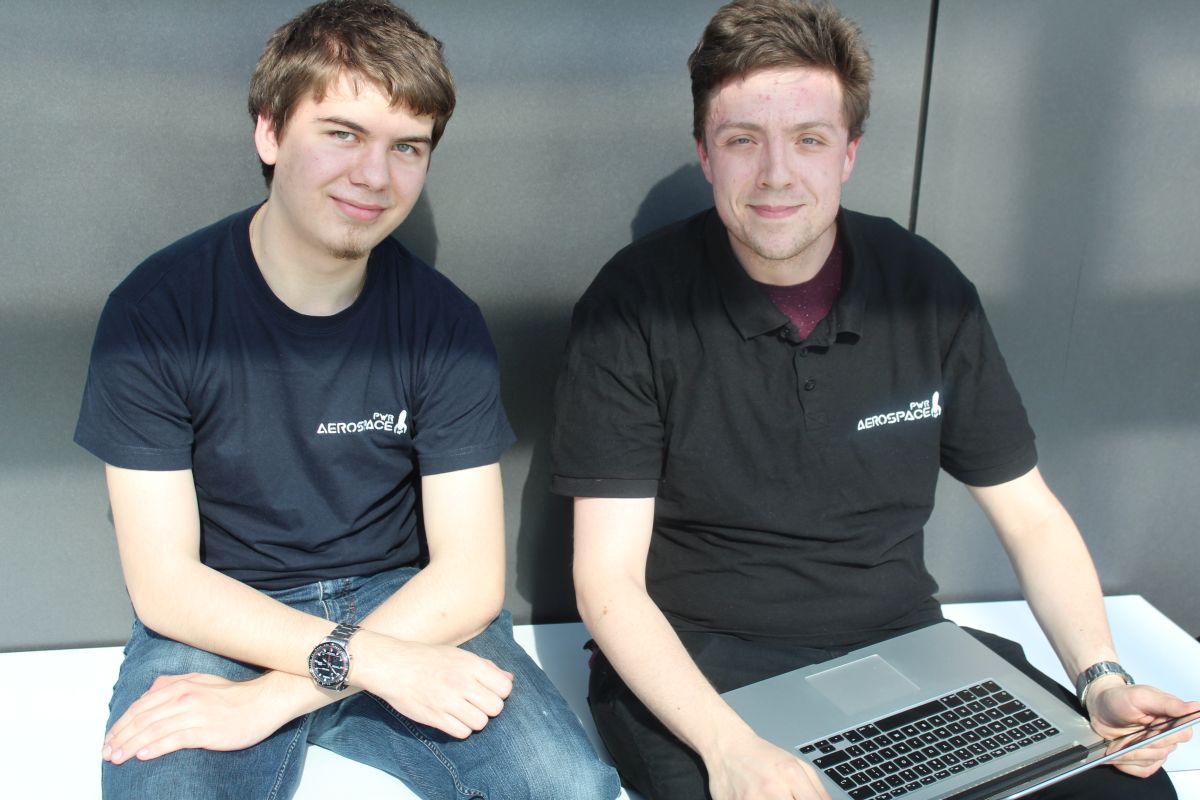YOUR BROWSER IS OUT-OF-DATE.
We have detected that you are using an outdated browser. Our service may not work properly for you. We recommend upgrading or switching to another browser.
Date: 22.05.2019 Category: general news, science/research/innovation, student activity
Students from WUST’s scientific circle Aerospace are involved in a nationwide network of meteor observers. They take care of Wrocław’s only facility that records "falling stars" and enables the analysis of the data obtained. The purpose of the activities is to calculate the trajectory of the flight of such an object, and - in lucky cases - find it on the surface of the Earth
 The Wroclaw observation station is supervised by students of our university - Mateusz Dmitrzak and Łukasz Skwarszczow, both members of WUST’s scientific circle Aerospace. Since August 2018, a camera has been recording images from the roof of the T-22 hall of residence located in Wittigowo. Recently, it has also been accompanied by a second camera - currently undergoing calibration - so that the station will record movement in the sky with a viewing angle of about 120 degrees.
The Wroclaw observation station is supervised by students of our university - Mateusz Dmitrzak and Łukasz Skwarszczow, both members of WUST’s scientific circle Aerospace. Since August 2018, a camera has been recording images from the roof of the T-22 hall of residence located in Wittigowo. Recently, it has also been accompanied by a second camera - currently undergoing calibration - so that the station will record movement in the sky with a viewing angle of about 120 degrees.
- We chose this hall of residence because, as far as observing the flight of meteors goes, it’s very important that strong lighting doesn’t hamper the attempt - explains Tobiasz Wojnar, president of Aerospace. - Such observations are generally very difficult in cities, precisely because of the light pollution. However, the roof of T-22 is high enough for the glow of the city not to interfere with the observation, while the view of the horizon isn’t blocked by other buildings and trees. Our observation site allows us to observe meteors flying even over Cracow.
Every year, around 50 tons of space material falls on Earth. These are both small particles as well as enormous objects - the latter, however, occur much less frequently than “the little things from space”. According to the statistics of the Laboratory of Comets and Meteors, the number of meteors that fall in our country amounts to between 82 thousand (in 2018) and over 100 thousand (in 2016). There are also the very rare bolides, i.e. very bright meteors, usually accompanied by acoustic effects in the form of thunder, detonation, and hissing, and after the flight, there is a visible trace that can persist for a few minutes.
Our site uses cookies. By continuing to browse the site you agree to our use of cookies in accordance with current browser settings. You can change at any time.